The most common injuries that can occur during your favorite physical activities

*This article was originally published by Universelle, which is part of the Lifemark family. We are republishing it here with permission.
With the return of spring comes new health goals. Now that it’s nice out again, nothing beats being able to start practicing one of your favorite activities again or trying out a new sport. That being said, it’s also crucial to keep injury prevention in mind.
Winter often leads to a decrease in physical activity, so it’s important to gradually work your way back up to your normal activity level so that you can avoid pain and injury.
Here are some of the most common injuries associated with running, climbing, swimming and biking.
1. Running
One of the least expensive activities, running is definitely a must when it comes to getting in shape. It can also allow you to enjoy the nice weather. Some of the most common running injuries are:
- Plantar Fasciopathy: An irritation of the fascia under the foot, causing pain.
- Shin splints: An inflammation of the muscle attachment to bone of the shin, causing pain.
- Achilles tendonitis
What you can do:
With running, there are many factors to consider: your health goals, your training regimen, the surface on which you run, the shoes you wear, etc, all of which can play a role in raising or lowering your risk of injury.
One strategy that can help you prevent injuries is to consult a physiotherapist who can track your progress over time according to your needs and your objectives. A physiotherapist can also evaluate your running routine, make recommendations and give you personalized exercises.
Lastly, don’t push yourself too hard, too fast. Instead, make sure that you’re reintegrating running back into your routine gradually. If you suffer from an injury or if you’re in pain, go see a healthcare professional right away.
2. Climbing

Climbing is an increasingly popular activity that can be practiced either indoors or outdoors. There are two types of climbing: block climbing and path climbing. While climbing will provide a full body workout, it’s more demanding for your upper body. Some of the most common climbing injuries are:
- Elbow tendonitis: More commonly known as lateral epicondylitis or "tennis elbow," this condition, in which the common extensor tendon at the elbow is irritated, can cause sharp pain just outside the elbow.
- Finger injury: The tendons in your fingers can become irritated or even tear because of the repetitive action of holding a block while climbing. This can cause pain in your palm as well as movement limitations.
- Shoulder tendinopathy: Due to repeated motions that involve the shoulders being raised above the head, climbers can develop shoulder pain over time.
What you can do:
Start climbing slowly and avoid holding on with your hands when you lose your footing. This habit will limit the overuse of the different joints in your upper limbs, especially the fingers and wrists.
Using different climbing techniques is also a good way to avoid putting too much stress on your fingers.
If you’re experiencing pain or discomfort, don’t hesitate to go see a healthcare professional. Some physiotherapists even specialize in treating and evaluating climbers, helping you get the most out of climbing.
3. Swimming
Whether you’re swimming in a public pool, a pool inside a sports centre or your own pool at home, swimming is a great activity that refines and strengthens your body while minimizing negative impacts on your joints. Still, swimmers are at risk of developing injuries. Some of the most common injuries associated with swimming are:
- Shoulder injury: Heavily solicited during swimming, your shoulders can develop different injuries, such as tendinitis (inflammation of one or more tendons in the shoulder) or bursitis (inflammation of a fluid-filled sac in the shoulder).
- Lumbar dysfunction: Pain can occur in the lower back region as a result of the back being extended or hyper extended for too long. This is more common among inexperienced swimmers.
What you can do:
Vary your swimming styles (breaststroke, crawl, butterfly, etc.) as much as possible to avoid overusing your shoulder muscles. Make sure your torso accompanies the movement of your arms while swimming so that you don’t put too much stress on your lower back region.
If you experience pain regularly, make sure to go see a physiotherapist or osteopath who can evaluate your condition and recommend specific exercises.
Finally, don’t be shy about taking swimming lessons with a trained instructor. Learning proper techniques can help you reduce your risk of injury.
4. Biking

Whether practiced as a hobby, for a competition or just to get around, biking is a universal activity that provides multiple benefits while having very little impact on your joints.
Some of the most common biking injuries are:
- Iliotibial band syndrome: An overuse injury of the connective issues that are located on the outer thigh and knee.
- Lumbar discomfort: Pain in the lower back region that can occur as a result of a bad sitting posture. A saddle that’s too high or poorly adjusted can cause this problem.
- Fractured collarbone: Very common for cyclists that experience a fall. Characterized by severe pain and the clavicle being distorted. Immobilization for four weeks is usually enough to allow the body to heal.
What you can do:
Wear a helmet! A helmet can be an important difference-maker when you experience a fall. You should also avoid pedaling too hard in order to limit knee irritation.
Most injuries, excluding falls, often involve a bike that’s not very well adjusted for your needs (seat, handlebars, pedals, etc). Consulting with a bike specialist in a store or an occupational therapist can make a world of difference.
In the end, whether you're running, climbing, swimming or biking, all physical activities come with injury risks. However, by listening to your body and by recognizing the signs and symptoms associated with different injuries, you can take a pre-emptive approach to care.
If you’d like to schedule an appointment with a Lifemark physiotherapist, head over to our Locations page to find a clinic near you.
Related Articles
Exercise strategies and activities to help you work out at home
Don't put off the care you need - here's why
Tips to stay safe and prepare for winter activities this year
Treating an acute injury? Go for M.E.A.T. over R.I.C.E.
Understanding pelvic organ prolapse and why a pessary can help
Investigating a dizziness problem: “Can’t my doctor just order a test?”
Special Olympics athletes and the importance of support
Working with Special Olympics athletes as a physiotherapist
The forward fold stretch: the perfect exercise if you work at a desk all day
What is vertigo, how did I get it and what can I do about it?
Getting active is just like brushing your teeth
How to use a tennis or lacrosse ball to relieve acute muscle pain
Vestibular disorders: how vestibular therapists can help physicians
Have you heard of “prehab” for replacement surgeries and how it can help?
How swimmers can prevent and manage shoulder injuries
How underactive gluteal muscles can cause lower back pain
4 Summer Sports Injuries & How Physiotherapy Gets You Back in the Game
Paddling Basics: Stay Dry and Injury-Free on the Water
Keep your stick on the ice this hockey season
Can you get injured raking leaves?
Fore! Get on the green and keep your swing healthy
Do you know someone who suffers from 'text neck'? It could be you
Know your Pilates - clinical Pilates versus traditional Pilates
3 things every amateur swimmer should start doing to prevent shoulder injury
Prevent low back injury when shovelling snow
Let's keep in touch!
SIGN UP TO GET HEALTH AND WELLNESS INFO RIGHT TO YOUR INBOX
Subscribe to receive the latest health and wellness news and information in your inbox every month.
By subscribing you agree to our privacy policy. You can unsubscribe at any time.




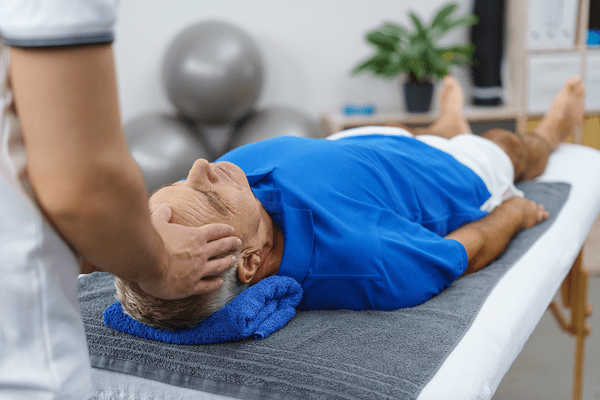





















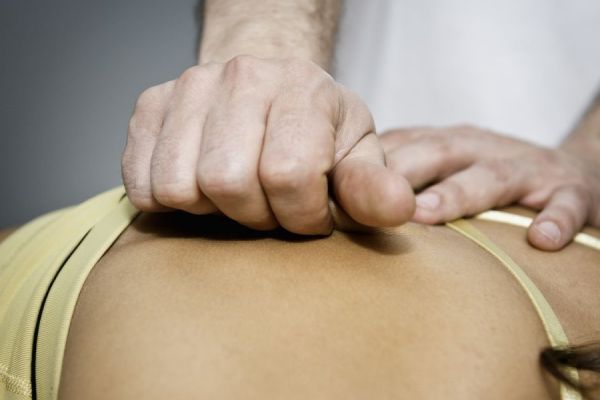
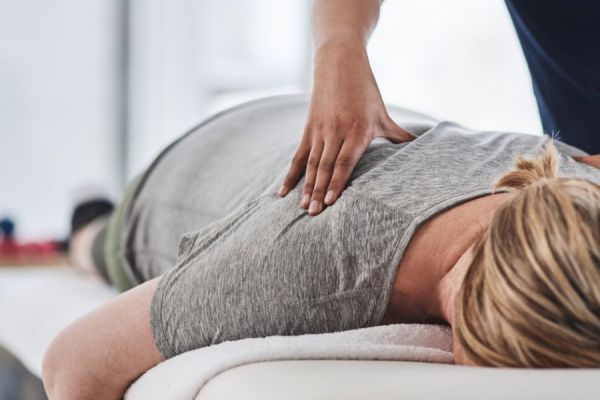



















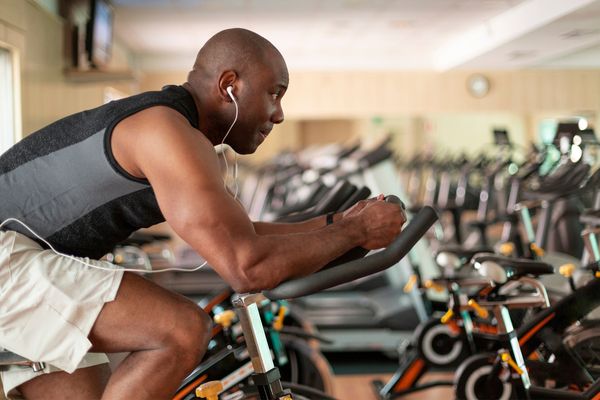













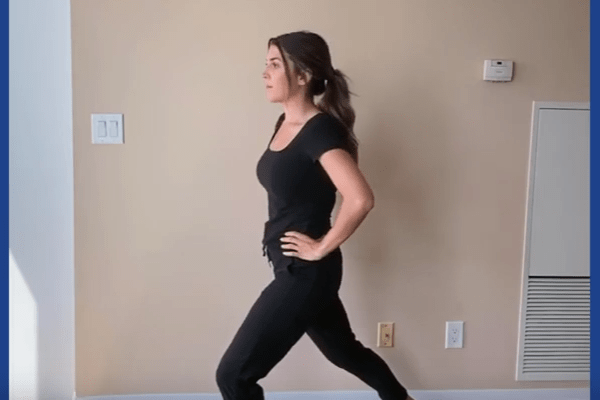























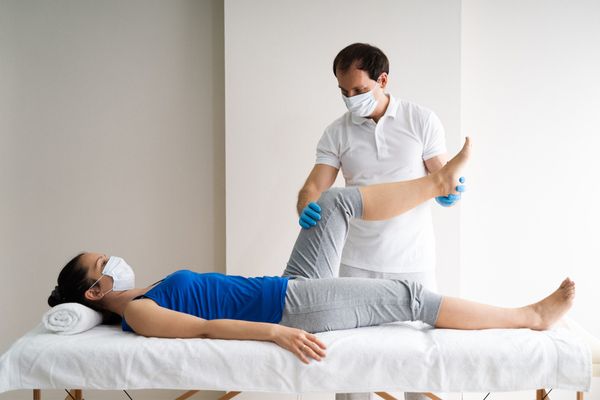






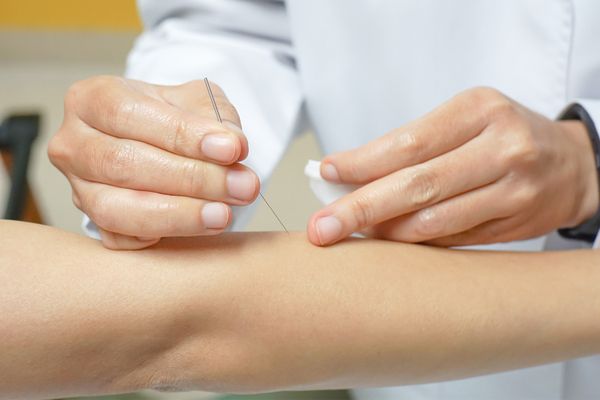





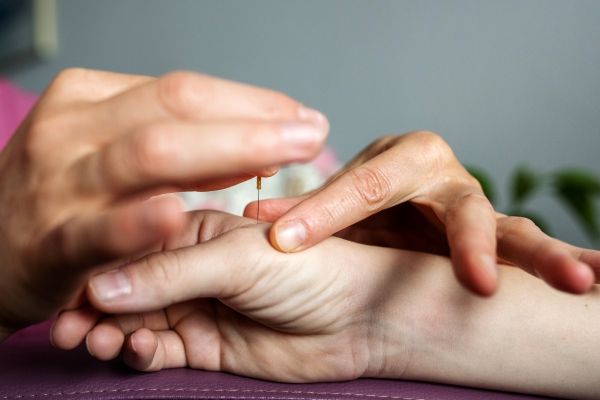




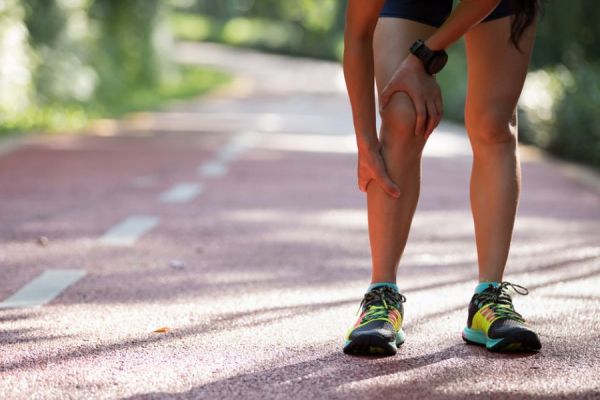
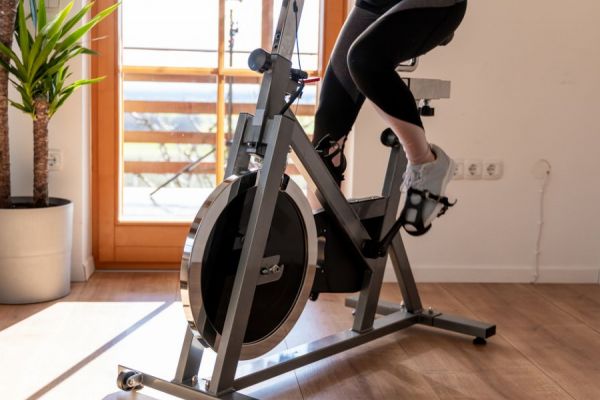




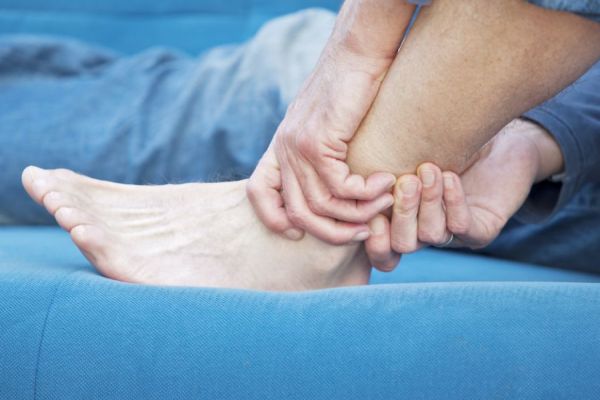

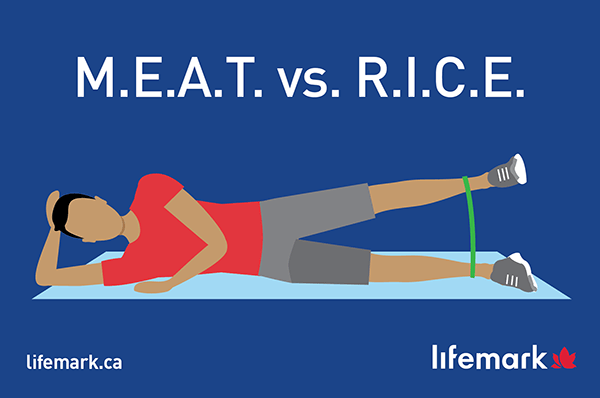


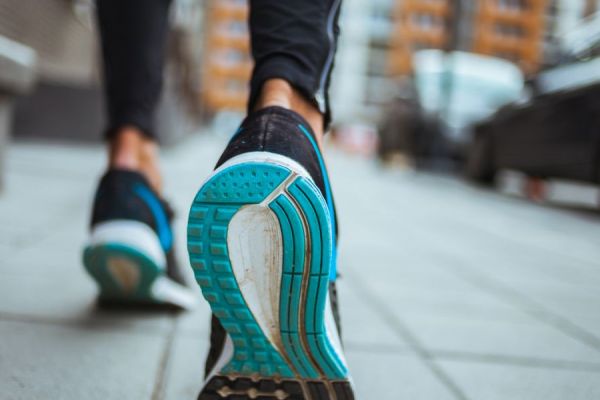















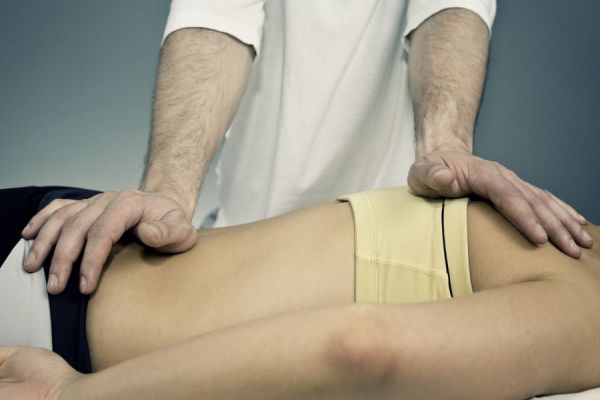












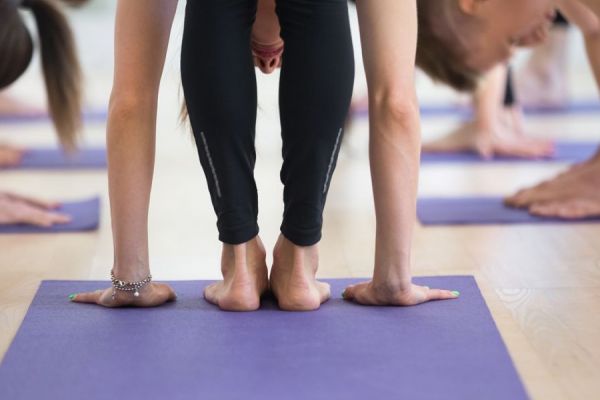






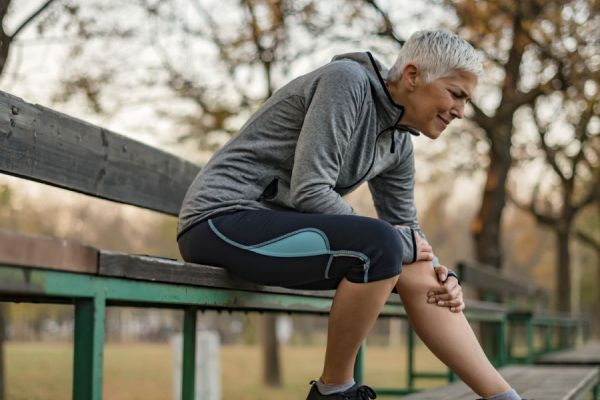










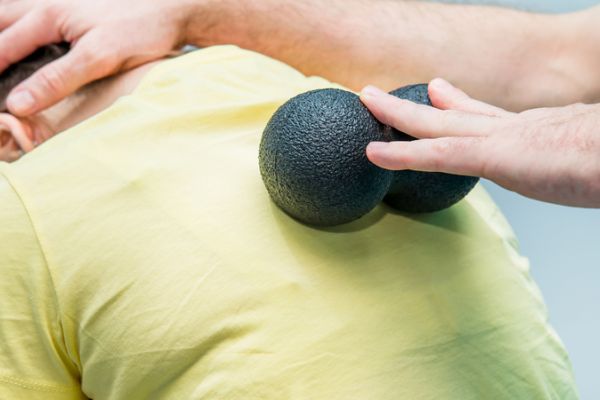






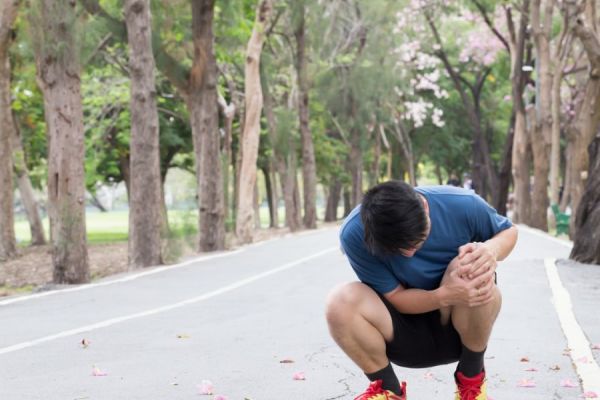


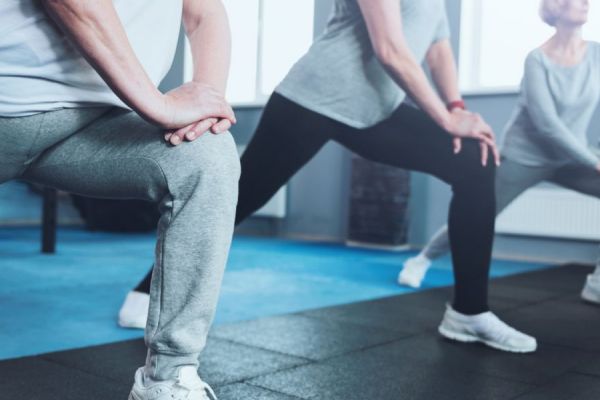


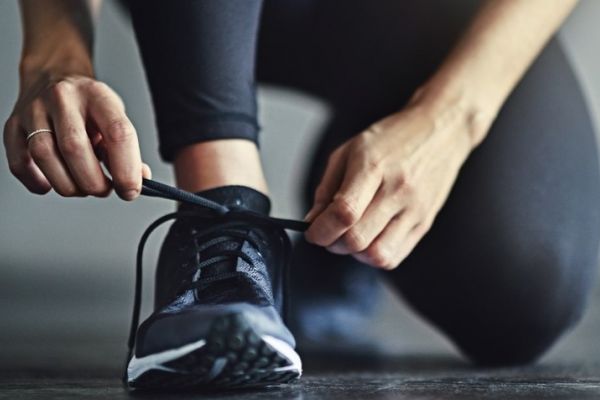







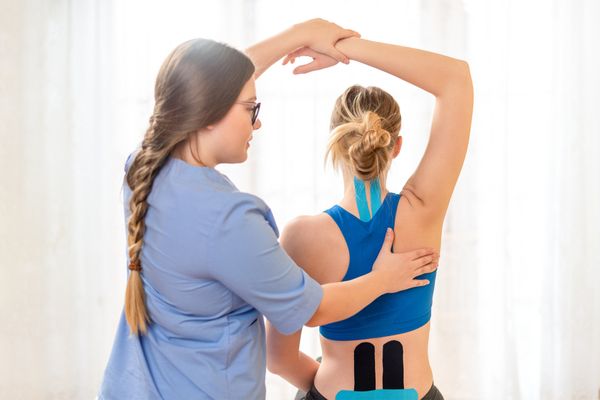

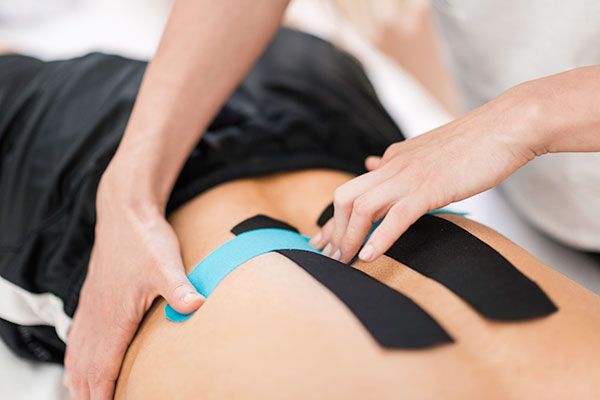




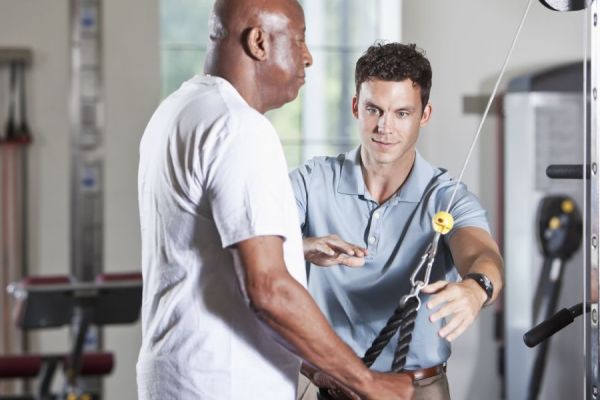









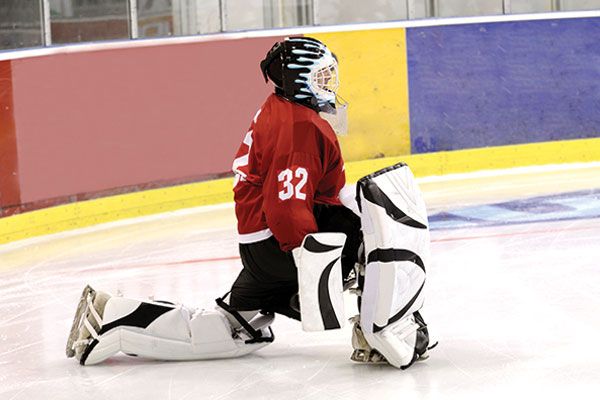











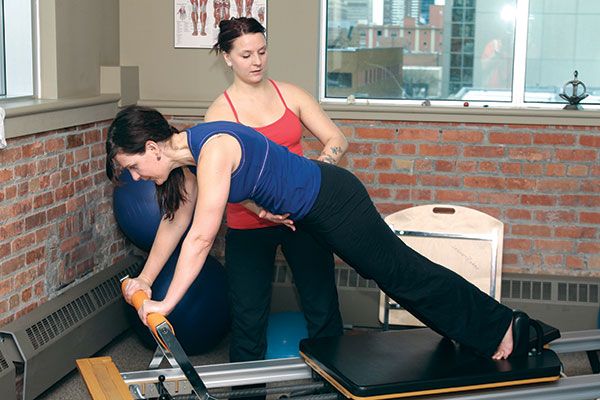



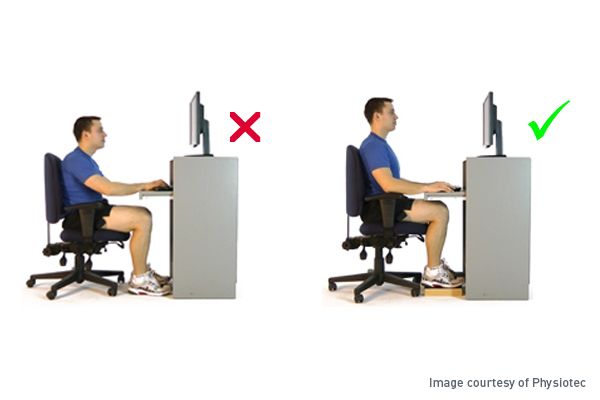

We can help you move and feel better.
Book an appointment today.